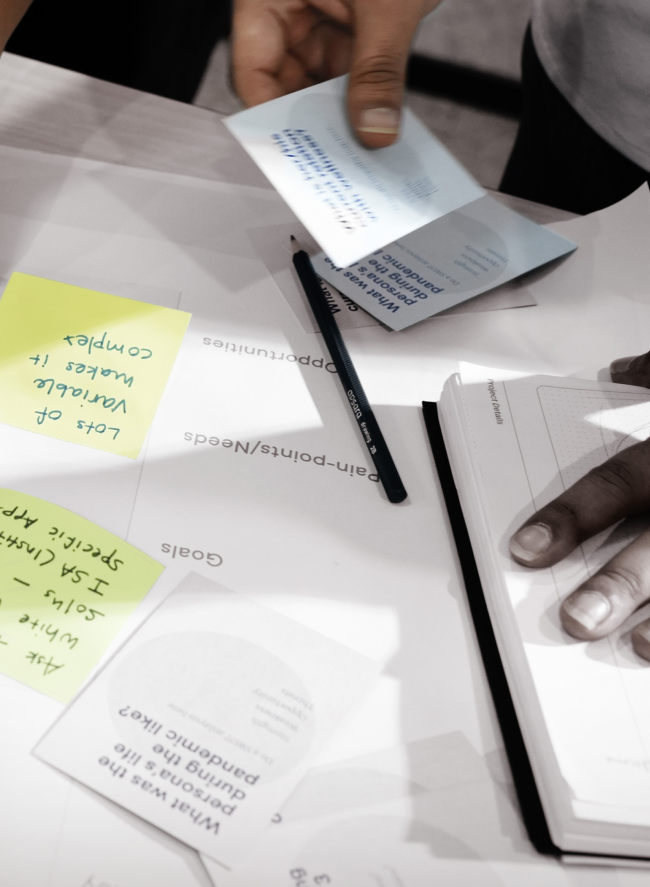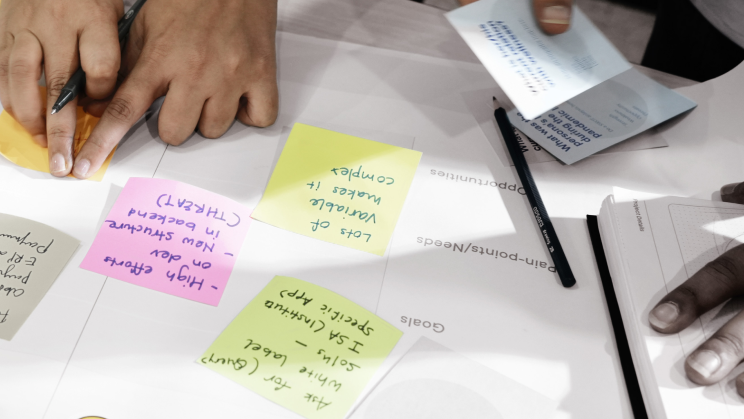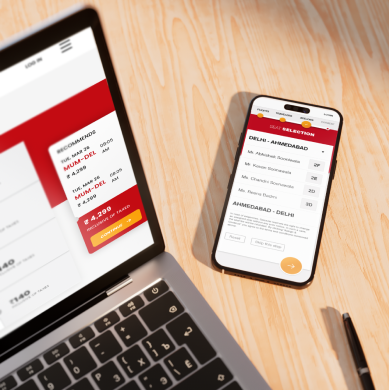- CX Research and Strategy
- User Experience Design






Sion-Trombay Road, Chembur,
Mumbai- 400071.












The base code for an airline is an intricate maze of APIs and it would take up to a year if we took an IT-agnostic approach - an unaffordable luxury. The challenge was to maximize value for users and business, with minimum tech-related changes. To ensure agile design development, a usability test was proposed to be conducted every fortnight. The timeline? A tight 20 weeks to deliver.
The final booking flow was tested rigorously with about 100 users against time-to-transaction and ease of navigation parameters. Great teamwork and brainstorming with our client enabled us to create mobile first interfaces that catered to the unique mobile-ticketing psyche. Over a period of one year, we changed almost 50% of the airline's website experience.

